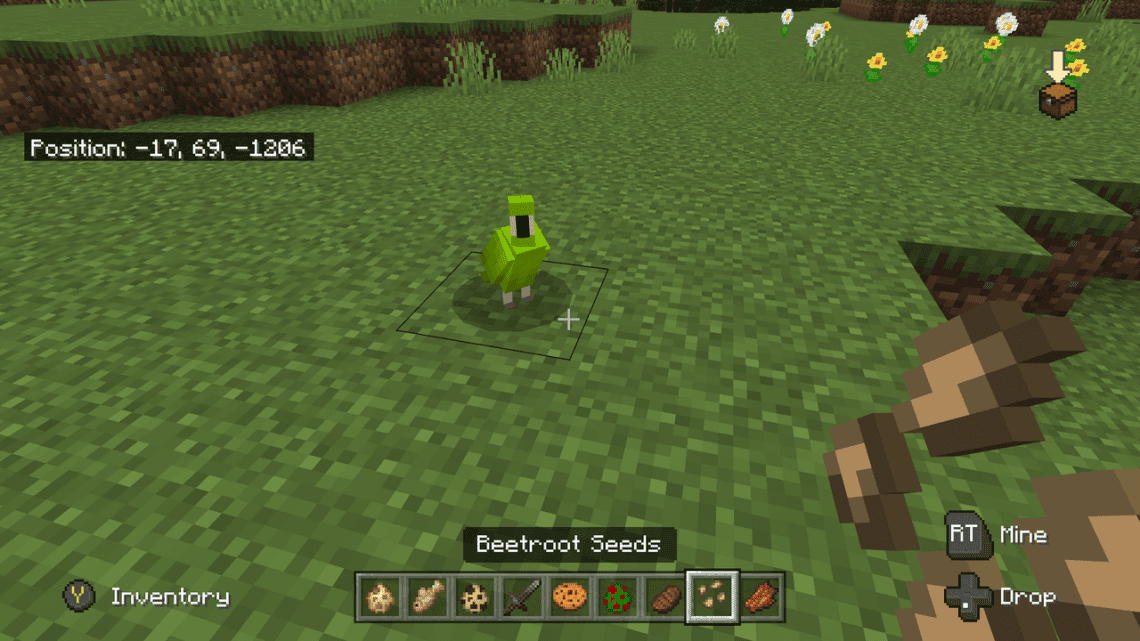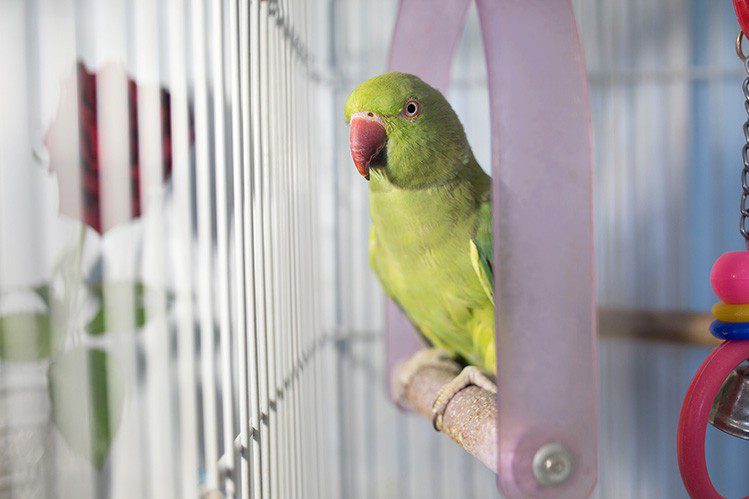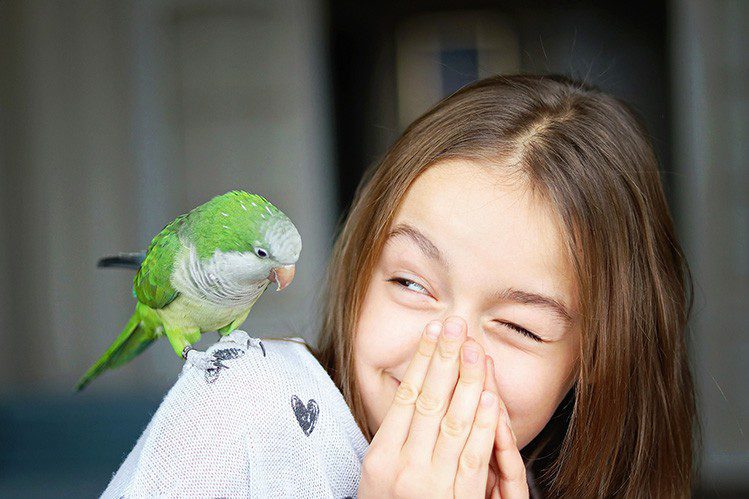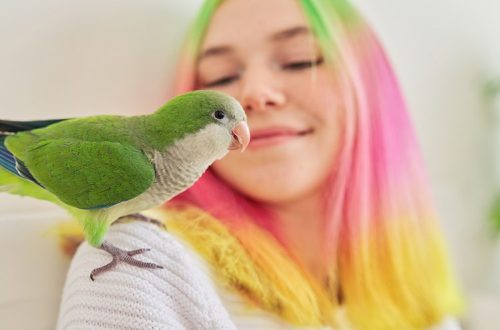
How to tame a parrot?
Parrots are very smart and sociable pets that like to be in the company of a person. But why, then, are many parrots in no hurry to sit on the owner’s shoulder or palm? Why are they afraid? And some even bite! In most cases, improper taming is to blame. For information on how to tame a parrot, read our article.
Today, there are many methods of training birds. Some of them promise almost instant results. But we recommend that you be patient and act smoothly and systematically. Each bird is individual and should not be rushed. The main thing is to organize classes correctly and gradually, step by step, go to the result. It may not be the fastest, but it is a calm, healthy and very effective training, during which you will definitely make friends with your pet.
Fast does not mean in two days or, even worse, in 5 minutes. How quickly a parrot starts to sit on your hand depends on its age, breed, character, experience, and your parenting methodology. On average, training takes about 3 weeks. But establishing contact with an adult parrot may take more time.
It is easiest to tame young parrots under the age of 5 months: they are as curious as possible and do not have a negative experience of keeping behind them, which undermines trust in people. So, let’s begin.

- First adaptation – then training
Taming a parrot in the first days of your acquaintance is a failed undertaking in advance. First, the pet must adapt, get used to the new cage, new food, new toys, sounds and smells. And only after he feels at home in a new place, when a regime is formed and settled in him, you can begin to tame him. But only very slowly, without stress.
- A path to learning through comfort and safety
Comfort and safety is the key to successful interaction with the bird. If its basic needs are not satisfied, if the bird feels uncomfortable, it has no time to communicate with the owner. To make friends with a parrot, make sure that you recreate the correct conditions for him, that nothing bothers him. Convinced? Then go ahead!
- gradual acquaintance
The main task in the early stages is to accustom the parrot not to your hands, but to your presence. Spend more time in the room where the cage with the parrot is located. Talk to him, sing songs, clean up the cage. Do not try to force things, do not touch the parrot, do not make sudden movements. Give your pet time to get used to you from a safe distance.
- Treat treats through the bars of the cage
When the parrot gets used to you and feels comfortable in your company, proceed to the next step: treat the parrot with treats through the bars of the cage. Watch him, see what he likes the most, and gently hand him treats. Most likely, the parrot will be cautious for a long time: slowly approach you, quickly pick up the treat and run away with it. Don’t worry, it’s normal.
- A treat in the palm of your hand
Give your parrot treats through the cage for about a week. When he begins to take treats confidently, try hand-feeding him. To do this, put the food in your palm and push it into the cage through the door. Our goal: to teach the parrot to take food from the hand, and then climb onto the palm.
This may take a few days, this is normal. Don’t get angry, don’t insist. If the parrot is afraid to approach the palm, repeat the exercise next time.
- Finger like a perch
Is the parrot more or less used to your hands? Then try this trick. While the bird is playing, stick your finger into the cage next to the perches. The parrot will most likely jump from the perch to your finger without any problems. Do not move it, let the pet get used to the sensations. Talk to him kindly, praise him.
- We call a parrot
When the adaptation to the cage is fully completed and the parrot is accustomed to your company, you can let it fly around the room. The main thing is to close all windows and observe security measures. Let the parrot fly a little, and then pick up a treat and call the parrot. Sometimes parrots sit on the shoulders or simply circle around the owner. Be patient, keep offering the treat. Soon the parrot will learn to sit on your palm or finger and take a treat from your hand.
- We intrigue and entertain
If at first the parrot flies up to the owner for a treat, then later he will do it just for the sake of communication. And to make him want to do this, interest him by instilling positive associations with you.
When the parrot sits on your hand and starts eating, talk to him affectionately, whistle, sing songs. In a word, arrange it as much as possible to communicate with you. Parrots are naturally very sociable and curious. If everything is done correctly, then they will never give up the opportunity to “talk” with their man and soak up his arms.

Your main enemies are haste, pressure, rudeness and shouting, sudden movements, inconsistency.
Do not try to catch, grab the bird, force it to sit in your palm. Do not talk loudly, do not make sudden movements, do not make loud noises so as not to frighten the parrot. And one more piece of advice: do not hold your hands above the parrot’s head, do not rise above it, otherwise it will associate with a bird of prey, and it will start to be afraid of you.
And finally. If you have taken an adult bird that was kept in incorrect conditions and is very afraid of people, seek help from a specialist. Perhaps the bird has severe injuries and a simple approach will not cope with them.
We wish you and your pets the most real, strong friendship! Enjoy each other!





